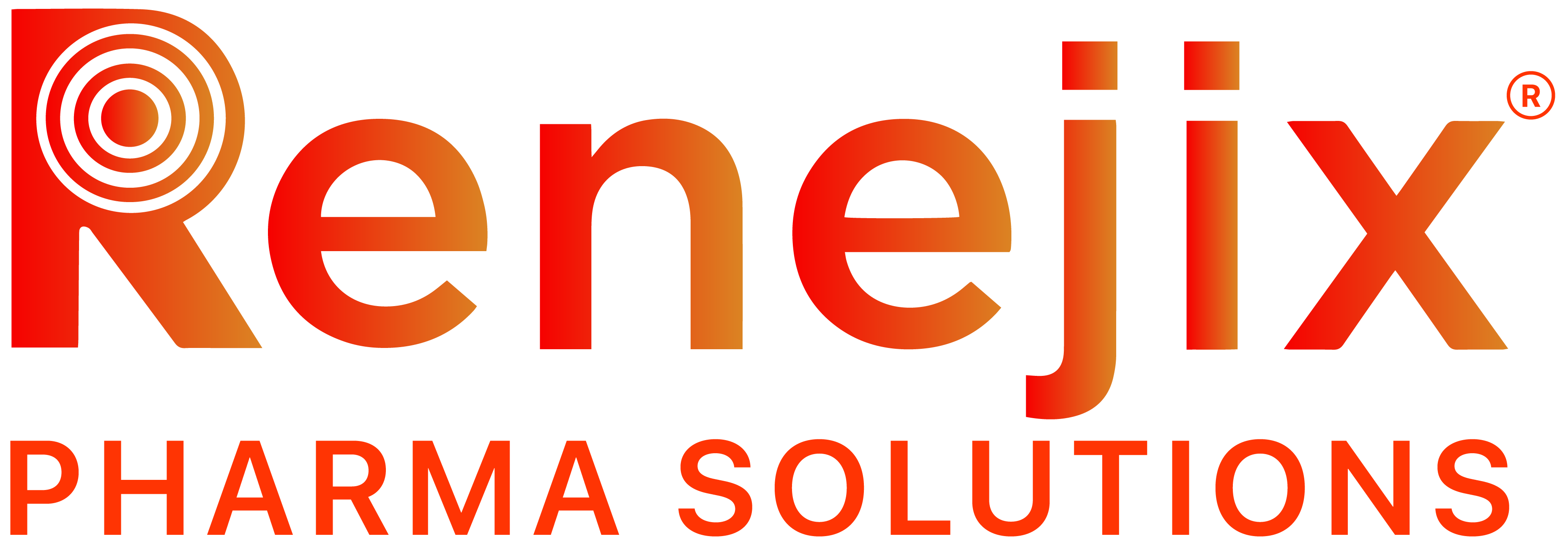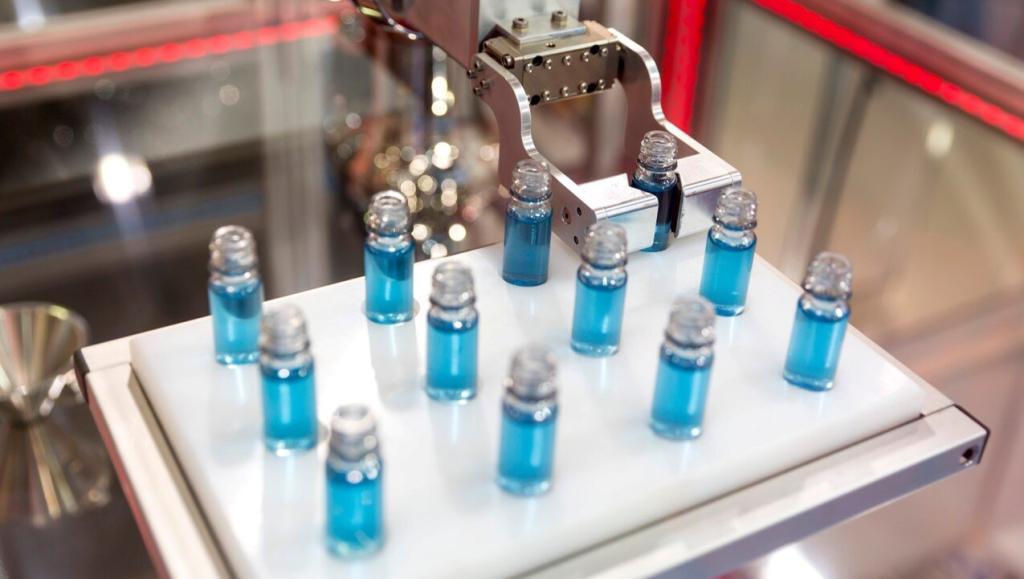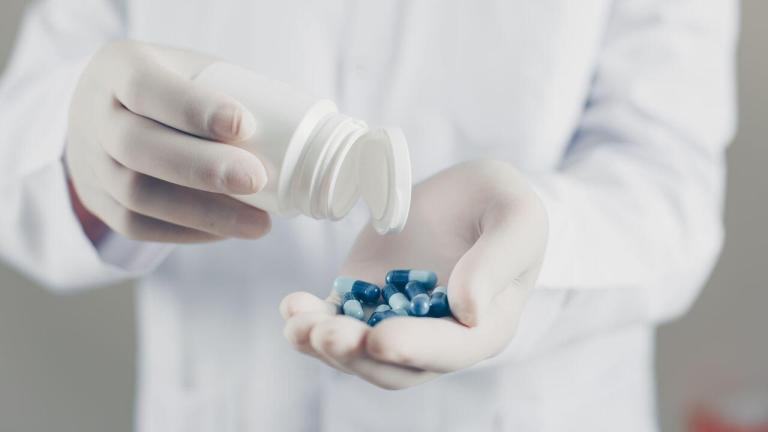
Efficient, comprehensive transitions from early phase (preclinical up to phase 1) to late phase (phase 2 and beyond) are critical to the ultimate success of drug development programs. When developers lose sight of their target product profile and fail to systematically review the molecule, market and patient profile at each phase of development, they introduce risk into the program. The program’s transition can become burdened by quality issues i.e., manufacturing at scale; further, the project could undergo a major redirection or be totally abandoned before ever reaching pivotal clinical trials. Key early planning strategies can help by minimizing many common pitfalls encountered during this critical phase.
To produce a drug product with ideal biopharmaceutical properties, formulators must understand the molecule’s characteristics and create optimal formulations by utilizing technologies and processes that address the unique challenges presented by each API. But accelerating drug development timelines can force innovators to opt for quick-to-clinic dosage form approaches which may lead to suboptimal performance in patients.
An elegant solution is to implement a review of stability, pharmacokinetics (PK), and manufacturability at key phases of development. A holistic assessment will enhance the drug developers’ appreciation of the role the API/molecule dosage form plays in the successful outcome of a clinical trial.
Additionally, early identification followed by a proactive response to development challenges will increase the probability of successful product development, launch and market success.
HIGHLIGHTING THE NEED FOR RAPID INNOVATION AND MORE EFFECTIVE PROCESS SOLUTIONS
In a recent webinar presented by Renejix—a leading global provider of advanced drug delivery technologies, development and manufacturing solutions for drugs and biologics— industry experts presented insights and techniques to help partners understand their molecules’ solubility and permeability challenges and create optimal dose forms.
By using methods of analyzing physicochemical and biopharmaceutical data to make early drug development decisions, PK issues can be diagnosed and addressed. Using the Developability Classification System (DCS) to predict the risks and challenges of creating an oral drug early in the developmental stages could help with drug formulation design.
Although an optimal drug dosing regimen is a prerequisite to the best possible care for every patient, a diversity of individual factors—including current disease state, patient characteristics and the clinical outcome for the patient—all need to be considered. During formulation development it is essential to let the compound drive the formulation and not the other way around. Also, when needed, partner with Contract Development and Manufacturing Organizations (CDMOs) that are agile and bring together professionals from multiple disciplines with relevant prior experience in finding solutions.

These experts’ insights underscore the critical need to build and engage a strong network of consultants and to leverage the expertise of a CDMO if an innovator is to avoid common pitfalls in early development.
Data-driven tools employed by experts can help innovators reach a comprehensive understanding of a molecule and craft the optimal dosage form, which can in turn lead to shorter development timelines and optimal patient outcomes.
A DESIGN-DRIVEN APPROACH
Renejix’s FormaDose® Design Solution was highlighted as a comprehensive assessment to help guide the dose design process. The data driven approach considers API physicochemical, biopharmaceutical, and PK properties, patient characteristics and physiologically based PK (PBPK) modeling insights to generate recommendations that assist drug developers in optimizing their outcomes and maximizing their drug development investment.
Key patient considerations may impact dose form selection; for example difficulties in drug administration can impact patient adherence. Addressing a drug bioavailability issue could lead to a higher pill burden for the patient and even generate adverse events due to patient variability. Moreover, a complex manufacturing process could lead to batch delays. Finally, she cited examples of common oversights that can occur during the later phases of product development.
As part of the FormaDose Design Solution assessment, a team of experts assess these and other challenges then recommend a dose form best suited to progress the candidate to the next phase. This methodology benefits both manufacturer and patient.
Formulation and the delivery technology must be aligned with both the patient and the market in mind. Renejix has a multidisciplinary team of scientists with years of experience working with CDMOs in the pharmaceutical industry. Our goal is to get to know your molecule and program, listen to your needs and provide solutions. We remain open minded and agnostic to a solution until we have collected the right data and executed the right analytical studies to set your molecule on its right development path.
With a team of multi-talented experts at their disposal, innovators have access to a wide range of perspectives that help them better understand their molecule. To complement the formulation and manufacturing expertise, PBPK modeling helps to reveal the “why” behind a bioavailability challenge uncovered during development.
SELECTING THE RIGHT DRUG CANDIDATE
One of the most important points in a drug product’s development lifecycle is the lead nomination step. A successful development program requires the medicinal chemist to use potency data to narrow down the number of leads, but other factors must be considered. An OptiDose Design assessment at this early stage can help formulators understand the challenges that may need to be overcome.
Involving formulators in the drug candidate screening stage alongside medicinal chemists allows for earlier determination of which salt form, formulation, dose form and drug delivery technologies are appropriate for in vivo studies. Rather than selecting the most potent molecule to move forward, renepharma considers preliminary drug metabolism and PK properties (i.e., PK data or in vitro studies), DCS classification along with potency when recommending which molecule to move forward to the next stage of development. This approach has proved a popular response to increasingly compressed drug manufacturing timelines, and it eases long, costly optimization work later in development.
THE SOLUTION IN ACTION
In a case study of an oral small molecule designed for systemic uptake—a DCS 2a molecule, one that is kinetic solubility challenged —the PK profile showed fair systemic exposure and fraction absorbed along with a noticeably short half-life.
Based on the short half-life, we might need to have dosing up to three times per day. The question is, could we get the dosing down to once per day if we were to develop a modified release dosage form? Critical to the analysis is the prediction of colonic absorption as we extend the area of gut exposure through our modified release dosage form. Analysis of PK profiles at a range of doses assists in that prediction through our modeling software. How the drug is eliminated, and its half-life, also play critical roles in the analysis. The initial analysis of the available data identified three areas that stood out:
The model showed that the drug was sensitive to particle size reduction. Next, the drug also appeared to be absorbed in the lower intestine. Finally, drug release profiles could be modeled to provide optimal release over 24 hours.
In addition to providing a path forward to once-a-day dosing, micronization was identified as a potential approach for improving the fraction absorbed with the goal of reducing drug load. Micronization saves time, money, lowers program risk and addresses the challenges of DCS 2a molecules.
Through FormaDose Design, a controlled-release approach was provided, with Renejix providing a strategy to reduce drug load and maintain therapeutic levels for 24 hours.
This could be achieved through a combination of immediate-release and controlled-release multi-particulates, or possibly Minitabs.
The same approach also provided the opportunity for translating the molecule into a pediatric formulation.
 Renejix is the leading global provider of advanced delivery technologies, development, and manufacturing solutions for small molecule oral dosage forms.
Renejix is the leading global provider of advanced delivery technologies, development, and manufacturing solutions for small molecule oral dosage forms.
For more information, visit www.renejix.com










